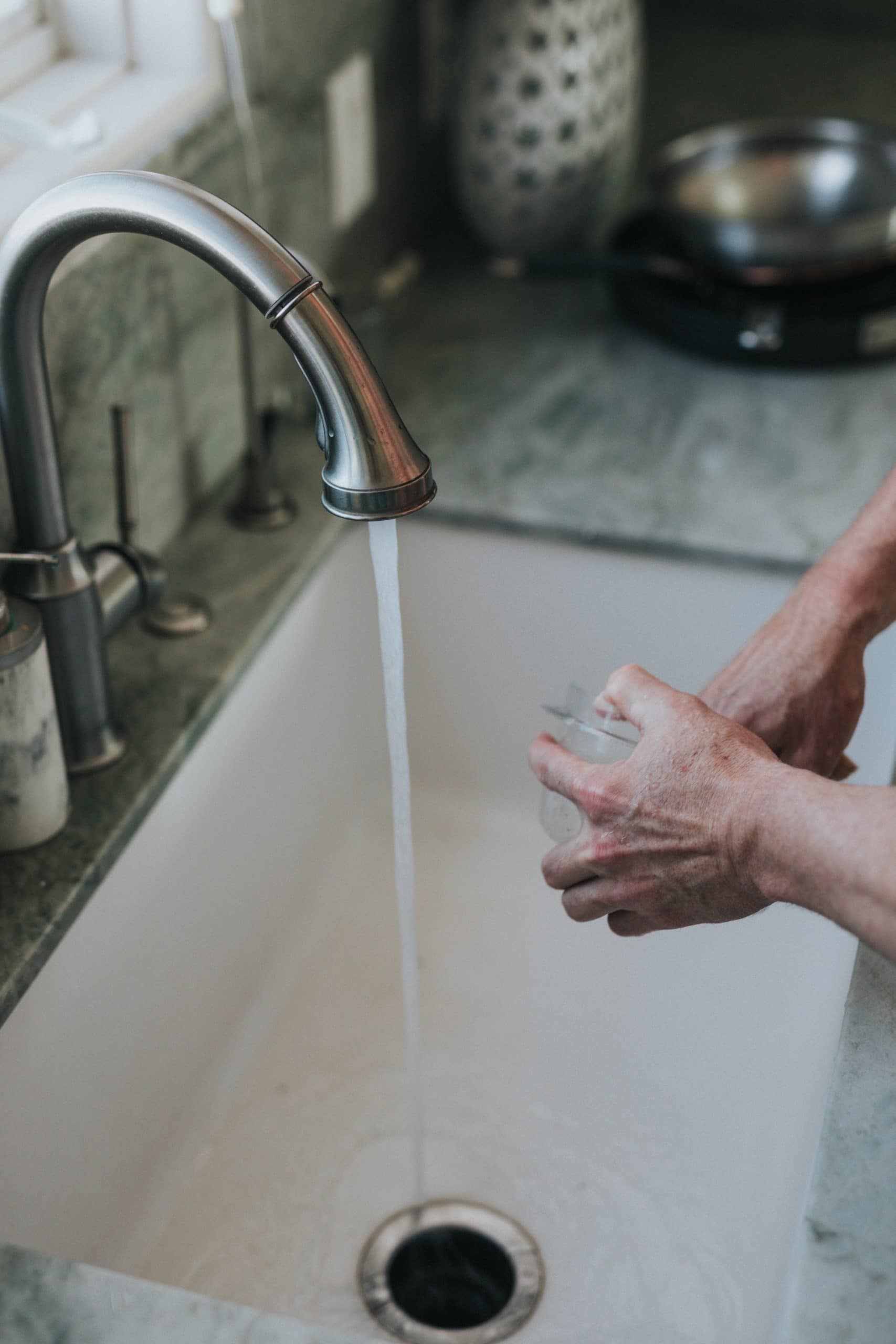Receiving higher water bills can be frustrating, especially when you haven’t made any big changes to your water consumption. While increased water usage during warmer weather or due to extra household members is expected, there are other factors that could contribute to your unusually high water rates. Here are four possible reasons for a high water bill and what to do about them.
1. A dripping tap
A minor issue like a dripping tap can lead to significant water wastage. A single dripping tap can waste up to 75 litres of water each day, and more if the leak is substantial. To identify the source of the problem, start by checking all water fixtures, including bath and sink taps, showerheads, and hoses. Once you locate the leaking fixture, you have two options: either replace it or seek help from a professional plumber to install it.
Best Practice: Regularly check your water fixtures for leaks and promptly fix any issues to prevent unnecessary water waste and high bills.
2. Upgrading outdated fixtures
If your water bills have consistently been high since moving into a new property, it’s likely that you have outdated water fixtures. Older homes may not have modern, water-efficient systems like water-saving showerheads, toilets, and aerators. Upgrading to newer, more efficient fixtures can lead to long-term savings on your water bills.
Best Practice: Check the manufacturing dates and consider investing in modern, water-saving fixtures. You should also always ask a real estate agent whether the plumbing structures have been updated when considering a property.
3. Leaking toilet
Toilet leaks are a common cause of high water bills and can result in huge water wastage. You can identify a leaking toilet through various signs, such as cracks, frequent clogging, bad smells, visible leaks from the base, or strange noises after flushing.
Best Practice: Regularly check your toilets for leaks. If you suspect a leak, seek professional help to prevent further water wastage.
4. Lateral or irrigation leaks
Lateral leaks happen in the underground pipes that supply water to your home, while irrigation leaks happen in the network of pipes that distribute water in your garden. Signs of these leaks include wet patches or uneven grass growth in your yard.
Best Practice: If you notice signs of irrigation or lateral leaks, it’s crucial to call an expert plumber. Lateral leaks are the most severe type of leak and must be resolved by a professional. If we find an undetectable leak at your house, you may be eligible for a reduced water charge from Tweed Council.
In conclusion, addressing the root causes of high water bills can help you save water, reduce wastage, and lower your expenses. If you’re facing water-related issues, contact Plumb-Jet & Gas-Jet today on 1300 881 902 or email admin@plumbjet.com.au.

